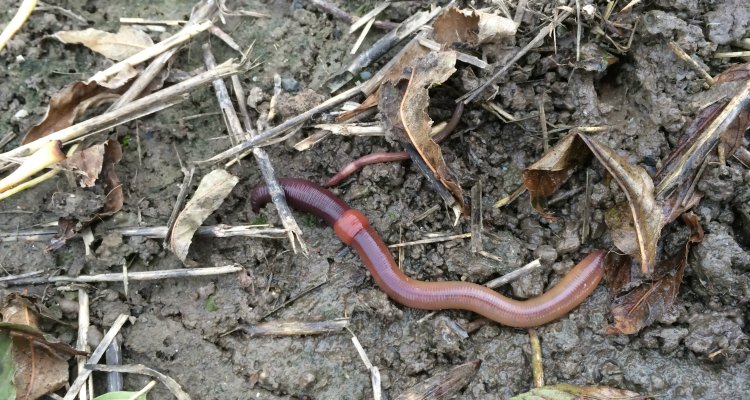
Earthworms
Earthworms are classified within the phylum Annelida, class Oligochaeta.
They are major drivers of soil ecosystem processes strongly influencing litter decomposition and soil structure via burrowing. Besides, they also stimulate microbial decomposers activity, mix and aggregate soil, increase soil water infiltration, improve water holding capacity, provide channels for root growth, and bury and shred plant residues. Overall, they are considered ecosystem engineers and are important indicators of soil quality/ health.
Earthworms are complex organisms with a circulatory and nerve system. Moreover, they are hermaphrodite, i.e. each earthworm is both male and female. Nevertheless, for sexual reproduction two individuals are needed to mate. The common assumption that if you chop a worm in half, it will create two earthworms is, unfortunately, false.
Earthworm species can be classified according to their feeding strategy in soils. Epigeic species live at the soil surface and feed on plant residues and manure. Anecic species have the same food preferences, but live in a deep reaching permanent burrow system. Endogeic species seldom come to the soil surface and consume large amounts of soil from which they extract organic matter. Compost worms will seldom be observed in mineral soil, but can be abundant in manure and compost heaps. Commercially, these species are nowadays to produce vermicompost. Approximately 22 earthworm species have been found in the Netherlands in the past, although only approximately 12 species are commonly occurring.